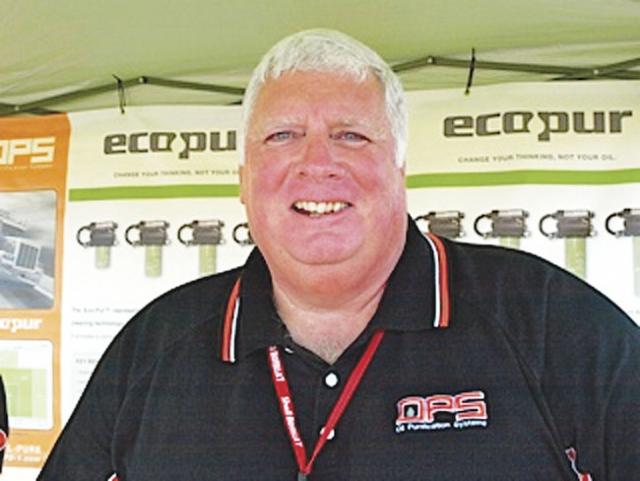Understanding Oil Contaminants

I have been in the trucking industry since 1973 and if there is one thing I’ve learned it is to follow the 1-10-100 rule. The 1-10-100 rule states that if you find something wrong and correct it the cost will be 1 unit. If you let it go for someone else to fix or fix later it will cost 10 units and finally if no one takes the time to fix the problem it would be 100 units.
This may sound simple but I can assure you that, if you think back, you will see how this worked for you in the past. Like the time a tire was low on air and you pumped it up not checking to see if any object had punctured the tire. Then, the tire was extremely low 500 miles down the road so you decided to baby it to the next truck stop. The tire shreds and blows out a brake line and you end up on the side of road waiting for the tow truck. I’m sure you can think of other instances where the 1-10-100 rule came into play.
I see many examples of this all too often when oil sample results show minor fuel contamination, indicating a leaking injector, defective fuel pump, or ring issue that is treated with a viscosity enhancer or frequent oil change. There is a certain amount of contamination that is acceptable but when the fuel decreases the viscosity level one grade it requires investigation and repair. At least people who perform regular oil sample know they have an issue. When oil is changed at a regular interval without sampling you never know that there is something wrong. If you identify the issue and correct it, the cost may be a few hundred dollars. Buying additives to mask the problem adds to the cost and eventually the fuel will degrade the oil and cause damage to the engine that may result in extensive repairs costing thousands of dollars. There is always the possibility that the engine will fail on the road requiring tow, lost load revenue and repairs in the tens of thousands.
The $25.00 or so you spend for a good quality oil sample is a small price to pay for the engine condition information that allows you to act promptly and eliminate the high dollar breakdowns and repairs. You can’t fix what you don’t know about.
Here are a few of the issues noted on oil samples that you should be concerned about as they required immediate action: Fuel dilution over 5% that affects viscosity to lower by one grade, usually caused by defective injector or fuel pump seals. High levels of sodium and potassium or glycol indicates antifreeze is contaminating oil usually through a bad head gasket, internal seal or defective tubing in the oil cooler etc. High levels of lead combined with copper or aluminum indicates excessive bearing wear. Lead alone is usually not critical as it is only the outer layer of bearing which is “doing its job” by wearing in place of iron parts. Once a bearing wears down through the Babbitt material that contains copper and/or aluminum the situation requires inspection and repair. Keep in mind it does not have to be a main or rod bearing it could be a bearing in air compressor etc. High levels of iron and chromium usually indicate a cracked or defective ring that is wearing the cylinder walls. You will usually see excessive soot and/or fuel levels as defective rings will cause loss of compression and blow-by.
There are more issues that may require attention but these are the most common. In any case, you should discuss oil sample issues with the lab or experienced analyzer of oil samples before you start spending money on unnecessary repairs.
If you can schedule the time March 22-24, I highly recommend attending the Mid America Truck Show in Louisville KY. The time you spend discovering what is available today to improve your bottom line in the exhibit halls and what you can learn at the seminars is time well spent.
Admission is free if you register at: http://www.truckshow,com/attendee-registration. Stop by the OPS booth 68216 with your oil sample to discuss potential issues.
If you have any questions or topics for this column please email me at:[email protected] with subject MOVIN OUT question.
